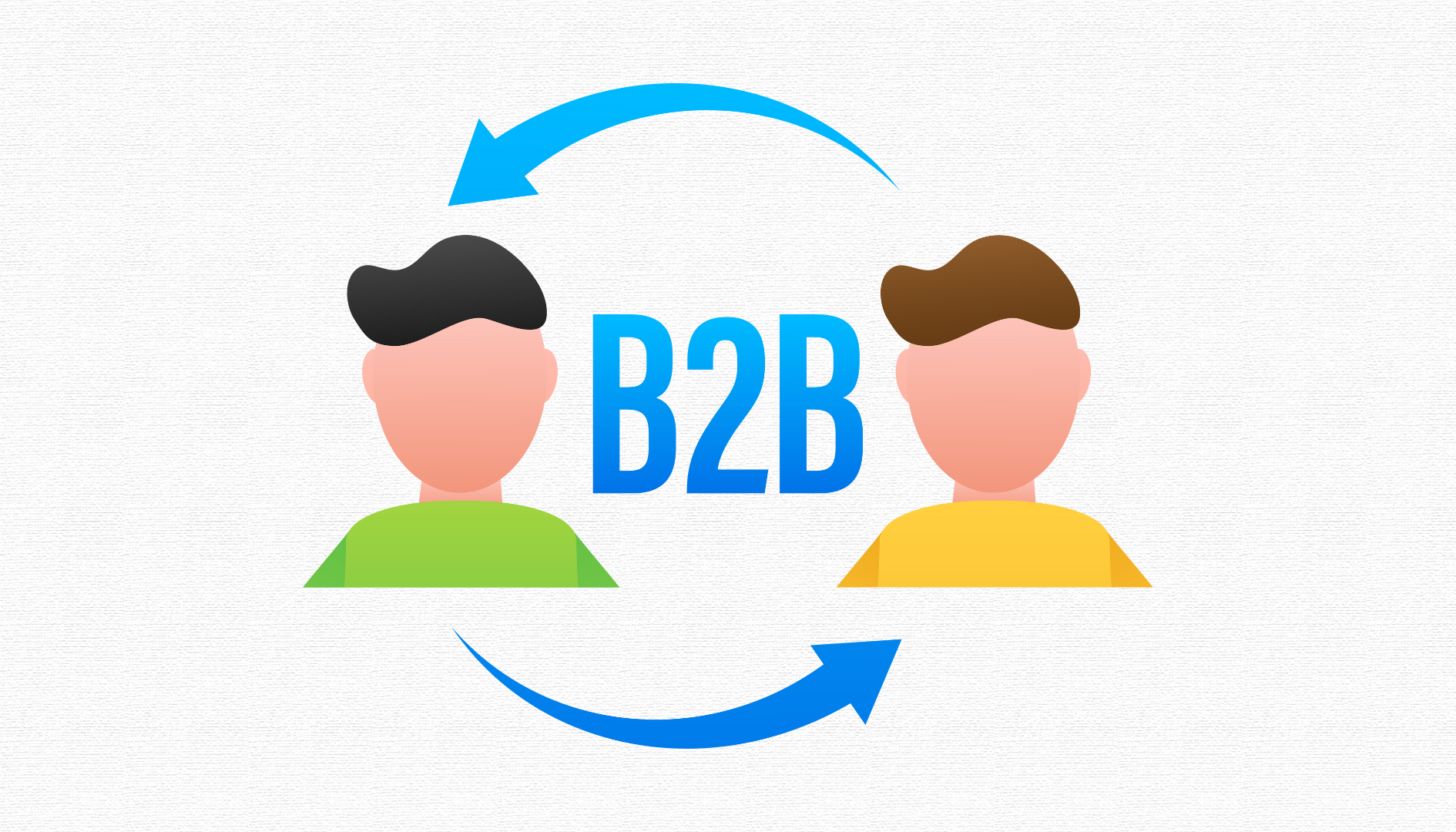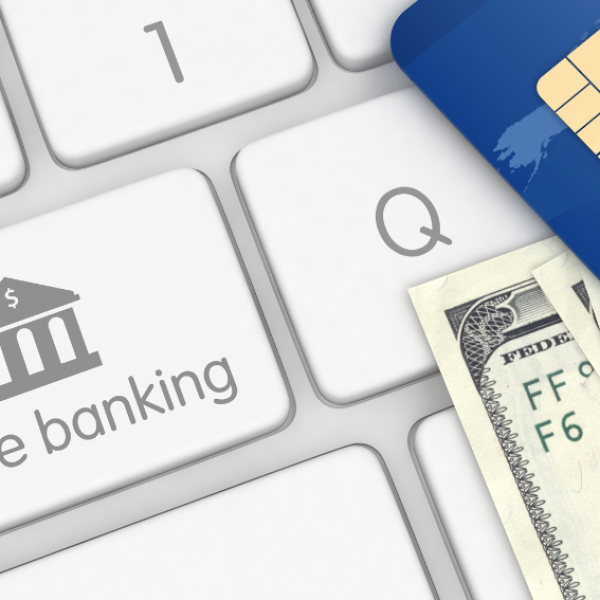Building client relationships doesn’t follow a rigid formula. The landscape of customer demands and brand loyalty is constantly changing, making relationship building more of an art than a science. Additionally, the goal of creating strong customer relationships adds a significant challenge: maintaining and nurturing these connections over the long term.
However, all is not lost. Despite global economic shifts, there are effective strategies that can help you encourage enduring relationships with your clients. While there are no one-size-fits-all formulas, there are undoubtedly effective techniques. In this article, we’ll explore some practical strategies you can implement to develop and sustain long-term relationships with your customers.
In This Article
ToggleThe Value of Strong Customer Relationships

Strong customer relationships draw audiences closer to your company and keep them engaged in your ecosystem. In a cluttered environment where competitors are just a click away, the significance of establishing rapport with prospects, customers, and advocates cannot be overstated.
- Increases Sales
Maintaining active customer engagement throughout their journey ensures your business remains their top choice when they need solutions, directly boosting your sales opportunities.
- Lowers Customer Turnover
Strong relationships with customers enhance their loyalty to your business, boosting retention. Recent research indicates that a 5% increase in customer retention can lead to a profit increase between 25% to 100%.
- Enhances Customer Lifetime Value
By encouraging ongoing customer relationships, you can significantly increase the revenue generated from each customer. Statistics show loyal customers spend 67% more than new ones.
- Reduces Costs of Acquiring Customers
Acquiring new customers is approximately five times more expensive than retaining existing ones. Companies can substantially reduce customer acquisition costs by focusing on existing customers and encouraging repeat business.
- Strengthens Brand Reputation
Prioritizing excellent customer service and enhancing their overall experience promotes customer satisfaction. Satisfied customers are likely to recommend your business to others, which is far more effective than traditional paid advertising and can lead to a fivefold increase in sales and a stronger brand reputation.
- Boosts Referrals
Customer referrals are a crucial source of new clients for your agency. Referred customers tend to purchase more often, exhibit greater loyalty, and spend more than those who aren’t referred. A solid relationship with your clients allows you to request reviews and referrals, which is particularly valuable in niche industries where connections are key.
- Enables Valuable Insights
Have you wondered about the impact of new regulations on your clients or how to sell a service like PPC effectively? Strong client relationships provide the foundation to seek such insights. Building this level of trust takes time, but it ultimately transforms your most reliable clients into invaluable advisors for your agency.
Strategies for Developing Long-Term Customer Relationships With Customers

Are you aiming to retain customers indefinitely? Achieving this requires a focus on cultivating lasting relationships. We will highlight the most effective methods that deliver substantial benefits.
Firstly, clearly define your objectives. Every company is unique, so align your marketing goals with your business’s vision, mission, and understanding of your customer demographics. After setting these goals, develop a strategic plan. Applying these best practices will enable you to deliver a customer experience that makes a lasting impression.
Understanding Your Customers
Understanding your customers’ preferences and motivations is crucial to establishing a robust connection with them. Awareness of what attracts and influences their choices is critical to meeting their needs.
Beginning with buyer personas is a practical method. Creating detailed audience profiles helps you grasp why customers choose your business and their interaction methods. This undertaking involves research but results in a thorough understanding of your target audience. Effective personas help you:
- Determine critical characteristics of customers. Sort customers by job title, age, gender, location, education level, income, and shopping habits. Identifying these traits is essential to serving and understanding your audience better.
- Gain insight into customers’ emotional views. Look beyond mere data and consider how your customers feel. Conducting interviews and surveys refines your customer personas, clarifying their underlying motivations.
Once you have defined your customers using buyer personas, you can map out their customer journey. Track all touchpoints with your brand—before, during, and after purchase—and use these interactions to enhance your connection.
The final step in understanding your customers is transitioning from personas to individual customer profiles. These profiles are crucial for recognizing customers as unique and building meaningful relationships.
Deliver Excellent Customer Service
Customer service is key in retaining clients and converting them into strong supporters of your brand. It involves assisting customers before, during, and after purchase to ensure they have a smooth and pleasant experience with the brand. A recent survey revealed that 80% of customers would switch to a competitor after experiencing poor customer service. This underscores the importance of continuously enhancing service quality. Consider the following aspects:
- System: Efficient systems can enhance the customer experience by automating processes and reducing the likelihood of human error. For instance, implementing booking plugins on a WordPress site can streamline service sales and offer numerous benefits. Such plugins ensure customers do not forget their appointments and can make changes if necessary. Additionally, integrating Customer Relationship Management (CRM) tools into your operational management can help track service effectiveness and increase customer retention.
- Staff: Employees should be patient, adaptable, flexible, and knowledgeable. They must also effectively handle negative feedback and prioritize customer satisfaction.
- Feedback: Feedback is essential for any business to gauge its position, understand how customers feel about its services, identify issues they encounter, and learn about their expectations. Even negative feedback is beneficial, providing clear insights into necessary improvements to enhance the user experience.
Provide Personalized and Customized Communication
Interacting with your customers should go beyond sending bulk emails. Instead of overwhelming previous customers with continuous promotions, utilize customer analytics to tailor and customize your messages.
By analyzing past data, you can identify potential products or services that a customer might be interested in for future purchases. Use this information to inform them about relevant special offers or service upgrades.
Not every message should focus on sales. Broaden your customized communications by pointing out underused special features to your customers. Update them on significant industry developments, and add a personal touch by sending birthday greetings. The relationship will appear more balanced and genuine if your interactions are not solely on sales.
Minimize Customer Effort
Customers are likelier to stay loyal to your brand if you simplify their experiences. This includes minimizing their effort and ensuring their journey is smooth. To achieve this, map out your customer’s journey and identify opportunities to enhance convenience.
For instance, offer proactive updates about orders, ensure accessibility across various communication channels, provide self-service options, or offer real-time support. The aim is to meet customers where they are and provide efficient experiences.
Encourage Customer Loyalty
People appreciate rewards and enjoy the sense of progress their purchases contribute to. Offering rewards to loyal customers fosters goodwill and enhances their commitment. A thoughtfully designed rewards program can also turn occasional buyers into dedicated supporters.
Consider the Starbucks Rewards program as an example. By enrolling, members earn points for every purchase made via the app, which accumulates and can be redeemed for free items. They also receive birthday freebies like complimentary drinks. Through partnerships, they can earn additional perks, such as one mile for every dollar spent at Starbucks via their collaboration with Delta. Since its launch on December 26, 2009, the program has grown to over 30 million active members, accounting for nearly 60% of the brand’s total revenue.
Even if your budget doesn’t stretch to offering free coffee or frequent flier miles, small gestures like personalized thank-you notes, special perks, or gifts at certain milestones can significantly deepen your customers’ emotional bonds and enhance their value perception.
When customers feel appreciated and see tangible rewards for their loyalty, they are likelier to continue supporting your business and recommend your brand to others.
Always Strive to Go Above and Beyond.
In a market where your competitors are just a click away, you must dedicate yourself fully to customer satisfaction. Aim to surpass their expectations by offering personal touches like birthday cards, attractive packaging, or welcoming emails, which could set you apart. Make your customers feel valued rather than just another statistic.
Small businesses can outperform larger corporations in this area. However, maintaining a personal connection with each customer becomes challenging as your business expands. Keep a comprehensive and current database, noting details such as each customer’s first purchase date.
Make yourself consistently available to your customers. Even the best products can become irrelevant if customers lack support when needed. Aim to deliver exceptional service before and after a sale to foster customer loyalty.
Additionally, ensure your website is user-friendly, with clear product descriptions and well-informed customer service representatives. Following a purchase, chat with your customers after a week to gather feedback on their experience.
Build a Community
Having more advocates means you need fewer advertisements. Creating a loyal community is invaluable in a world driven by inbound marketing. When people feel connected to a community, they are more enthusiastic, want to see it thrive, and are likely to keep investing in its positive experiences.
Creating this sense of belonging strengthens relationships with individual customers and builds a network of advocates who can extend your brand’s reach. This approach often results in more profound and enduring relationships.
So, what steps should you take to build a community?
When developing an online community, consider these steps:
- Define your goal: Understand what you aim to achieve with your community.
- Choose a platform: Decide where your community will live. Starting on a social media platform is straightforward, but building on your site allows for greater customization of design elements like fonts, colors, and imagery.
- Create a community identity: Your community will likely include diverse individuals united by a shared interest or goal.
- Be consistent: Maintain a clear and consistent brand voice and values. Consistency builds trust, and people will stay engaged if they know what to expect from interacting with your community. Keep this in mind as you produce content and interact online.
Conclusion
Building long-term customer relationships requires a deep understanding of your customers’ needs and consistent, personalized interactions. Excellent customer service, customized communication, and minimizing customer effort are crucial for maintaining these relationships. Encouraging loyalty through rewards and creating a sense of community also play significant roles.
Focusing on these strategies can increase customer retention, boost sales, and enhance your brand reputation. Ultimately, the key is to continuously engage and appreciate your customers, ensuring they feel valued and supported throughout their journey with your business. This approach not only retains customers but also turns them into loyal advocates for your brand.
Frequently Asked Questions
How Can I Make Customers Feel Valued and Increase Their Loyalty?
To make customers feel valued, consistently acknowledge and reward their loyalty. Implement loyalty programs offering discounts or special perks like early access to new products. Personalized rewards and thank-you notes also strengthen the emotional connection, encouraging continued business and brand advocacy.
What Role Does Community Building Play in Customer Relationships?
Building a community among your customers enhances loyalty and retention. Use interactive platforms like forums, social media groups, or customer events. These platforms allow customers to connect over shared interests, deepen their relationship with your brand, and encourage peer-to-peer interactions and feedback.
How Important Is It to Align with Customer Values?
Aligning with customer values significantly impacts loyalty. Customers prefer brands that resonate with their personal or ethical values. Highlight shared values through marketing and community engagement to create a deeper emotional connection, making customers feel part of a like-minded community.
What Strategies Can I Use to Enhance Customer Engagement and Retention?
Enhance engagement and retention with excellent customer service, proactive communication, and using customer feedback. Regular interaction through social media keeps your brand top of mind. Actively seeking and implementing feedback shows you value their input, improving satisfaction and fostering long-term loyalty.










